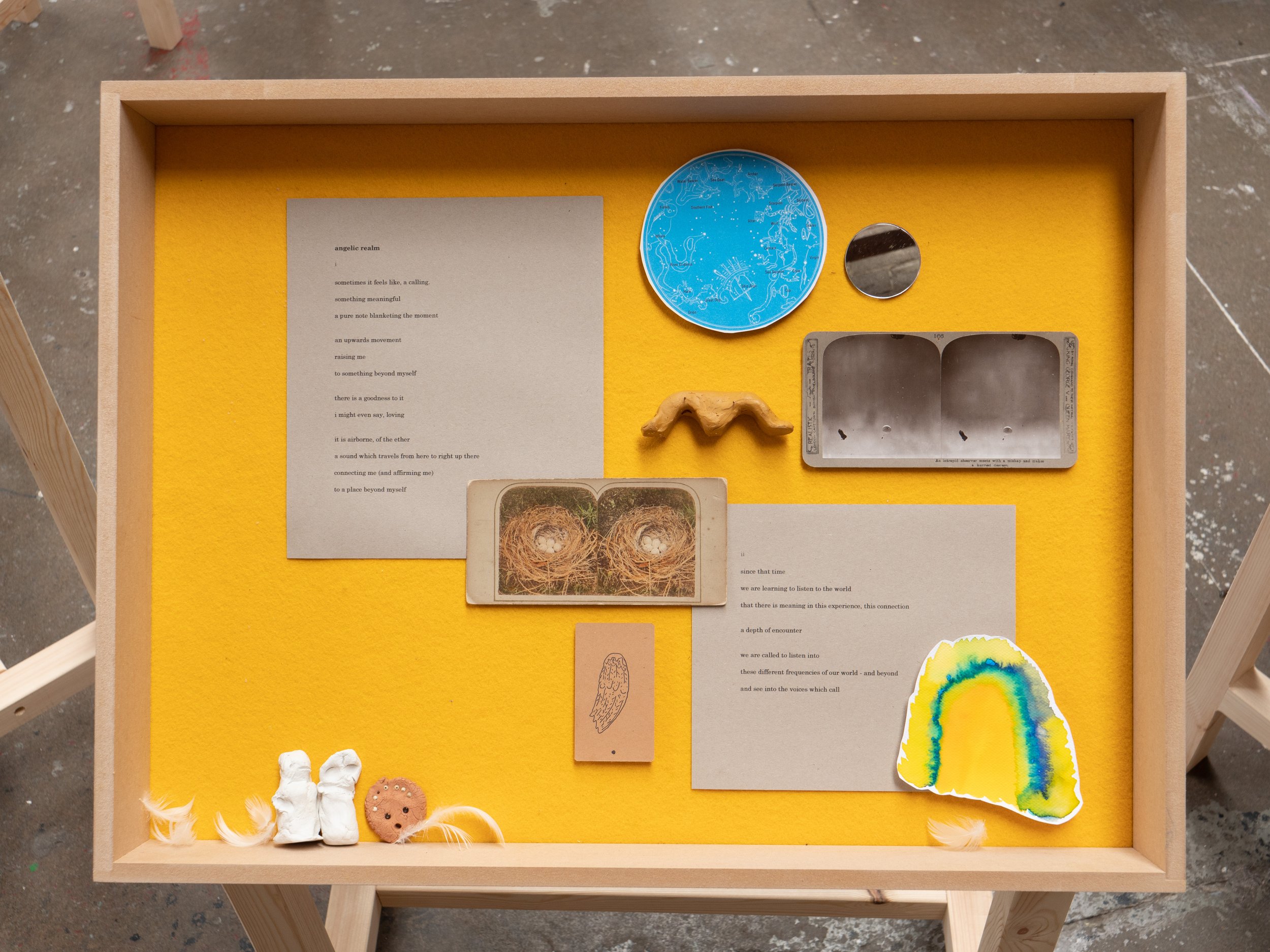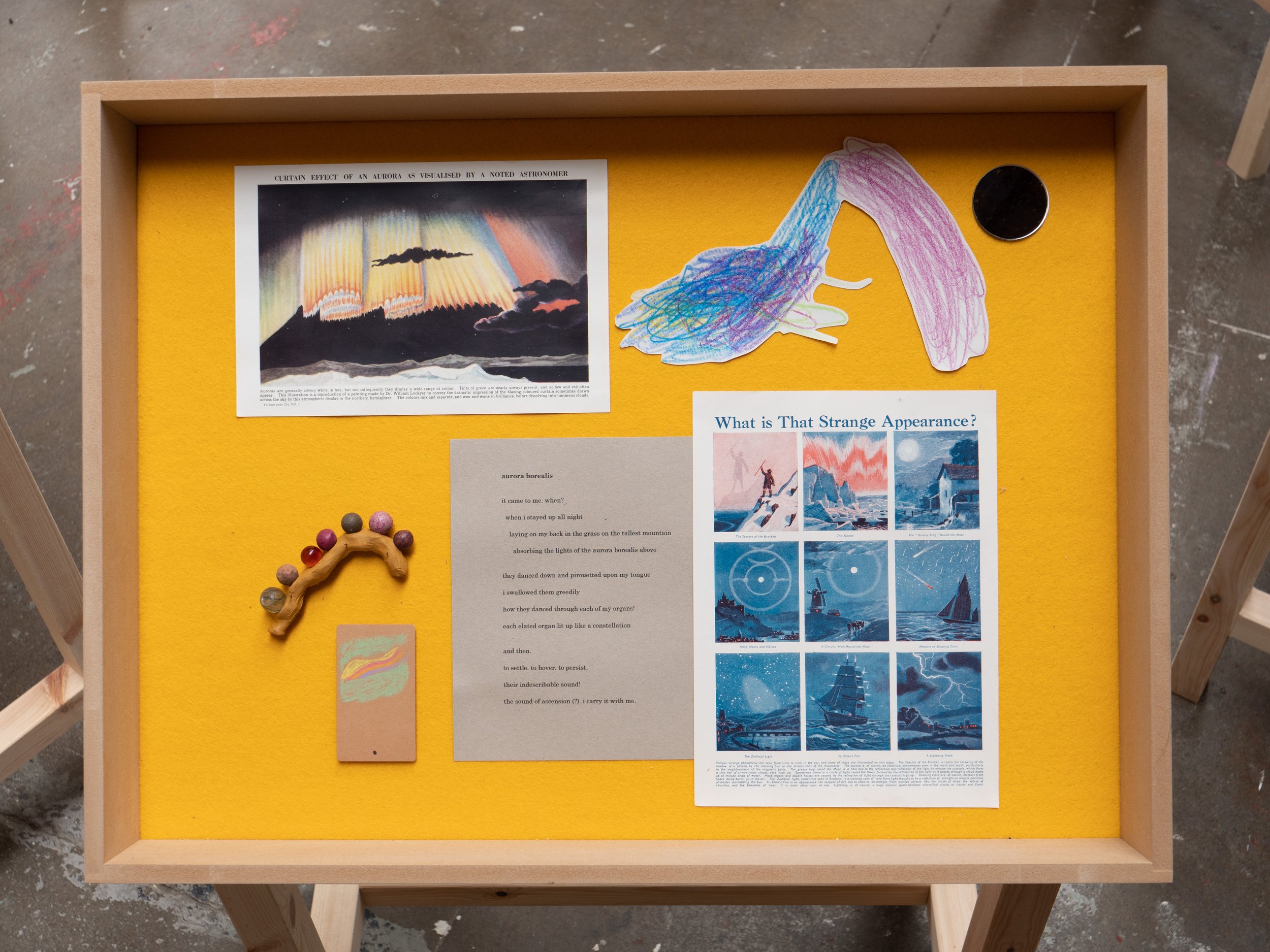The Hidden Noise: Tinnitus and Art, OVADA, Oxford, 2021
Arts and Humanities Research Council project – Tinnitus, Auditory Knowledge and the Arts. The project brings together Dr Marie Thompson from the Open University, Dr Patrick Farmer from Oxford Brookes University’s Sonic Arts Research Unit, The British Tinnitus Association and OVADA to investigate how the arts might help to enrich understandings of tinnitus and the diverse ways it affects listeners. This newly commissioned work, created during the Covid-19 pandemic, will be exhibited alongside creative responses from project workshop participants which explored how arts activities could be used to share different experiences of tinnitus. The exhibition is curated by Lucy Phillips, on behalf of OVADA.
Tinnitus is the conscious perception of sound for which there is no external source. Around 30% of people experience tinnitus at some point in their lives. It tends to be thought of as an unpleasant ringing in the ears, but everyone’s tinnitus is different. Some people may hear whistling, buzzing, crackling or even music. Tinnitus may be constant or intermittent. Or it might change in relation to a person’s mood or environment. In exploring the relationship between tinnitus and the creative arts, this project aims to expand common cultural tropes about the condition, and develop new approaches for sharing experiences that can allow for its variability.
Through the mediums of installation, moving image, and artist publication, Nina Thomas’ work explores the relationship between loss, memory, and tinnitus. Her project draws on her personal experience of developing tinnitus following a sudden hearing loss. Also drawing from her lived experience of tinnitus, artist Fern Thomas explores a speculative world where humans become receivers of the invisible frequencies transmitted by natural phenomena. From the singing of stars to the sucking of sea water through stones, the work seeks out experiencing these inner sounds as something meaningful.






